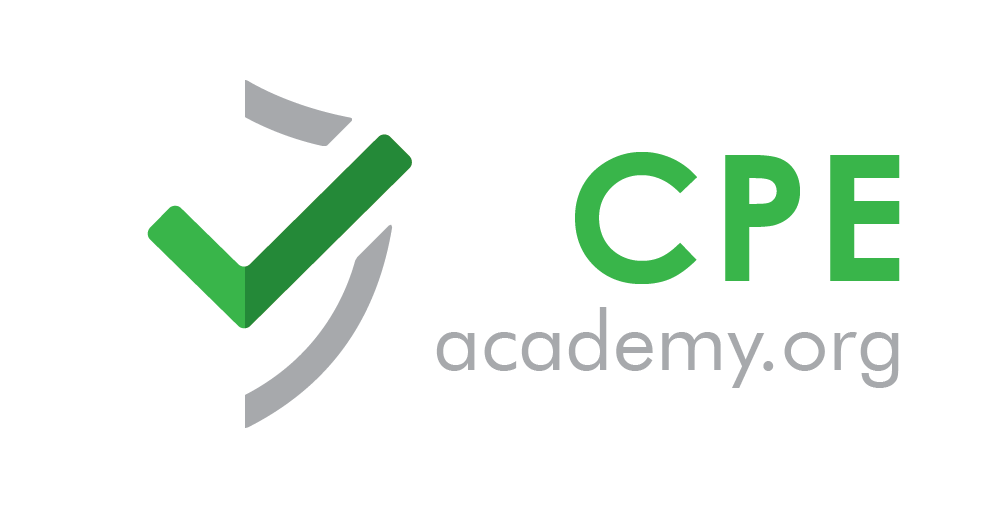
The utilization of artificial intelligence (AI) has revolutionized numerous industries, offering unprecedented possibilities and advancements. However, as the impact and potential risks associated with AI become more apparent, regulatory frameworks are being established to ensure responsible and ethical use. The proposed legislation known as the EU AI Act aims to be the world's first comprehensive law governing AI utilization, making it imperative for organizations to develop robust AI compliance programs. In this blog post, we will delve into the significance of the EU AI Act, discuss key requirements, and explore essential steps in developing an AI compliance program.
Understanding the Implications of the EU AI Act: The EU AI Act is expected to be finalized and adopted later this year, bringing with it significant implications for organizations utilizing AI technologies. Non-compliance with the act can result in severe penalties, including fines of up to €30 million or 6% of annual global revenue. It is crucial for establishments to comprehend the scope and requirements of the act to ensure adherence and avoid potential consequences.
Key Requirements of the AI Act:
1. Inclusion of AI Systems and Organizations: The AI Act encompasses a wide range of AI systems and organizations that fall within its jurisdiction. It is crucial to identify whether your AI systems and operations are subject to the act's provisions. Understanding the scope will help you determine the necessary steps to achieve compliance.
2. Ethical and Legal Obligations: The AI Act emphasizes ethical considerations, transparency, and accountability in AI deployment. Organizations must ensure that their AI systems comply with these obligations, including the protection of fundamental rights, non-discrimination, and explainability.
Developing an AI Compliance Program: Establishing an effective AI compliance program is essential to meet the requirements set forth by the EU AI Act. Here are key steps to consider in the development process:
1.Conduct a Comprehensive AI Systems Audit: Begin by conducting an audit of your existing AI systems and operations. Assess their compliance with the AI Act's requirements, including data privacy, fairness, and transparency. Identify areas that may require adjustments or improvements to align with the act's provisions.
2.Define Policies and Procedures: Develop clear and concise policies and procedures that outline how your organization will ensure compliance with the AI Act. These policies should address data governance, risk management, and processes for monitoring and evaluating AI systems.
3.Data Protection and Privacy: Data protection is a crucial aspect of AI compliance. Ensure that your organization's data collection, storage, and processing practices comply with relevant data protection regulations, such as the General Data Protection Regulation (GDPR). Implement measures to safeguard sensitive data and establish protocols for data access, retention, and deletion.
4. Explainability and Transparency: The AI Act emphasizes the importance of transparency and explainability in AI systems. Implement mechanisms to provide clear explanations of how your AI systems make decisions or predictions. Develop processes to handle transparency requests from individuals affected by your AI systems.
5.Ongoing Monitoring and Training: Regularly monitor and assess the compliance of your AI systems. Stay informed about updates and changes to AI regulations, guidelines, and standards, both within the EU and globally. Provide training and awareness programs for employees involved in AI development and deployment to ensure a culture of compliance within your organization.
In conclusion, as the EU AI Act prepares to become the pioneering legislation governing AI utilization, organizations must be proactive in developing comprehensive AI compliance programs. Understanding the implications of the act, identifying key requirements, and following the steps outlined above will help ensure compliance and mitigate potential risks. By prioritizing ethical and responsible AI practices, organizations can navigate the evolving regulatory landscape and foster public trust in AI technologies.
To get started on your AI compliance journey, check out our latest self-study course on AI: The Intersection of Business Ethics and Large Language Models
Understanding the Implications of the EU AI Act: The EU AI Act is expected to be finalized and adopted later this year, bringing with it significant implications for organizations utilizing AI technologies. Non-compliance with the act can result in severe penalties, including fines of up to €30 million or 6% of annual global revenue. It is crucial for establishments to comprehend the scope and requirements of the act to ensure adherence and avoid potential consequences.
Key Requirements of the AI Act:
1. Inclusion of AI Systems and Organizations: The AI Act encompasses a wide range of AI systems and organizations that fall within its jurisdiction. It is crucial to identify whether your AI systems and operations are subject to the act's provisions. Understanding the scope will help you determine the necessary steps to achieve compliance.
2. Ethical and Legal Obligations: The AI Act emphasizes ethical considerations, transparency, and accountability in AI deployment. Organizations must ensure that their AI systems comply with these obligations, including the protection of fundamental rights, non-discrimination, and explainability.
Developing an AI Compliance Program: Establishing an effective AI compliance program is essential to meet the requirements set forth by the EU AI Act. Here are key steps to consider in the development process:
1.Conduct a Comprehensive AI Systems Audit: Begin by conducting an audit of your existing AI systems and operations. Assess their compliance with the AI Act's requirements, including data privacy, fairness, and transparency. Identify areas that may require adjustments or improvements to align with the act's provisions.
2.Define Policies and Procedures: Develop clear and concise policies and procedures that outline how your organization will ensure compliance with the AI Act. These policies should address data governance, risk management, and processes for monitoring and evaluating AI systems.
3.Data Protection and Privacy: Data protection is a crucial aspect of AI compliance. Ensure that your organization's data collection, storage, and processing practices comply with relevant data protection regulations, such as the General Data Protection Regulation (GDPR). Implement measures to safeguard sensitive data and establish protocols for data access, retention, and deletion.
4. Explainability and Transparency: The AI Act emphasizes the importance of transparency and explainability in AI systems. Implement mechanisms to provide clear explanations of how your AI systems make decisions or predictions. Develop processes to handle transparency requests from individuals affected by your AI systems.
5.Ongoing Monitoring and Training: Regularly monitor and assess the compliance of your AI systems. Stay informed about updates and changes to AI regulations, guidelines, and standards, both within the EU and globally. Provide training and awareness programs for employees involved in AI development and deployment to ensure a culture of compliance within your organization.
In conclusion, as the EU AI Act prepares to become the pioneering legislation governing AI utilization, organizations must be proactive in developing comprehensive AI compliance programs. Understanding the implications of the act, identifying key requirements, and following the steps outlined above will help ensure compliance and mitigate potential risks. By prioritizing ethical and responsible AI practices, organizations can navigate the evolving regulatory landscape and foster public trust in AI technologies.
To get started on your AI compliance journey, check out our latest self-study course on AI: The Intersection of Business Ethics and Large Language Models

